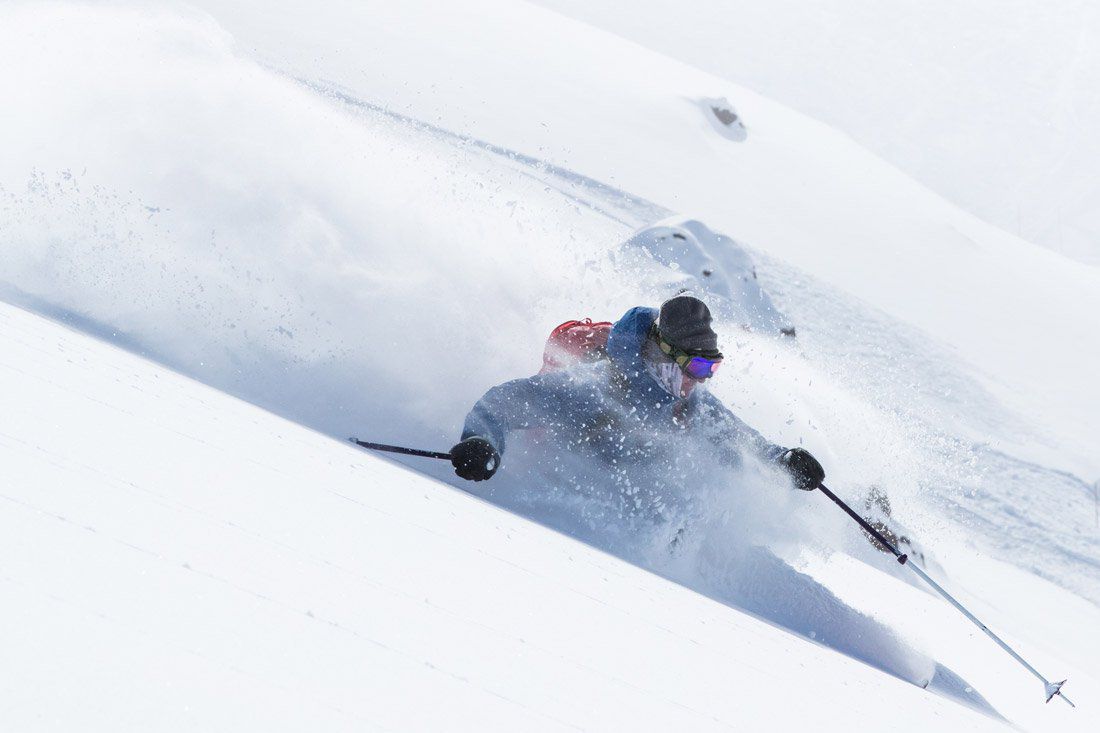
HOW TO PICK THE RIGHT SKI POLES
What to Look For When Choosing Ski Poles
As a kid, we used to just say: “poles are poles.” But whether you’re into splitboarding, alpine touring, or just skiing laps at the resort, it actually makes a massive difference to have the right pole for the job. While budget is a consideration, the reality is that poles are something you actually touch and swing with every move. Getting the weight and performance dialed can turn up the enjoyment factor significantly. Most poles can do double-duty, whether it’s touring or resort skiing. But most skiers have general tendencies to spend more time in on place or another, whether that be at the resort or touring. A different focus in your skiing will lead you to select a different pole as your primary. We’ve completely destroyed some adjustable touring poles when skiing in-bounds, and we’ve fumbled with non-adjustable fixed-length ski poles in the backcountry. Neither situation is ideal, so let’s talk through why you might select one option over another.
There are a couple of questions you have to get right with poles, the first of which is the right length of pole. Assuming you get the length right, there are three things you need to balance when choosing the right ski poles: Features, Lightweight, and Price...and you can only pick two.

STEP 1: How Tall Should Ski Poles Be?
How to choose the right length of ski pole that fits your height.
What size ski poles do you need? To choose the right length ski pole, you typically want to first get into the right range of size based on your height. Then, find something that positions your body in a neutral stance: not too tall or short. For most people, this means that while holding the pole when you are standing in your ski boots and the pole is vertical, your elbow should be at about a 90-degree angle. However, many prefer to have a pole just an inch or so shorter than that in order to position their body forward. For someone about 5’ 9” to 6’ tall that usually means a 120cm pole length; for any shorter than 5’ 9” you’ll want to consider 115cm or lower. For those above 6’ tall, you’ll probably want to bump about two more inches up in length (to approximately 125cm). You almost never would want your poles to be longer than that. The only scenario in which you may want a slightly longer pole is if you are doing a trek with a prolonged downward-sloping section. But in that case you’ll definitely want an adjustable pole, since once you’ve completed that section you’ll want to bring them back to a natural length. For someone about 5’ 9” to 6’ tall that usually means a 120cm pole length; for shorter than 5’ 9” you’ll want to consider 115cm or shorter.
For those above 6’ tall, you’ll probably want to bump about two more inches up in length (to approximately 130cm). You almost never would want your poles to be longer than that. The only scenario in which you may want a slightly longer pole is if you are doing a trek with a prolonged downward-sloping section. But in that case you’ll definitely want an adjustable pole, since once you’ve completed that section you’ll want to bring them back to a natural length. For someone about 5’ 9” to 6’ tall that usually means a 125cm pole length; for shorter than 5’ 9” you’ll want to consider 120cm or shorter.
Ski Pole Size Conversion Chart
|
Skier Height |
Ski Pole Size in Inches |
Ski Pole Size in Centimeters |
|
6’7”+ |
56 in |
140 cm |
|
6'4" - 6'6" |
54 in |
135 cm |
|
6'1" - 6'3" |
52 in |
130 cm |
|
5'10" - 6'0" |
50 in |
125 cm |
|
5'7" - 5'9" |
48 in |
120 cm |
|
5'4" - 5'6" |
46 in |
115 cm |
|
5'1" - 5'3" |
44 in |
110 cm |
|
4'9" - 5'0" |
42 in |
105 cm |
|
4'5" - 4'8" |
40 in |
100 cm |
To select the right size of pole, turn them upside down in a vertical position, with your hand placed under the basket so that the angle formed with your forearm is 90°. We recommend that you do this with your knees slightly bent, while wearing your ski boots.

STEP 2: What Features Do I Need in Ski Poles?
There are three broad features to choose from for most all-mountain skiers: Adjustable length, Collapsible Z-poles, or Fixed-length resort poles.
First, let’s look at the benefits of fixed-length poles. Any construction of pole that cuts it into segments for adjustable length or collapsibility is going to reduce the strength of the pole and increase its chances of breakage. A high-impact fall in-bounds at a resort can easily result in breakage for a segmented pole. So if you are picking a pair of poles for mostly resort-based skiing, with a few short tours and sidecountry laps, a fixed-length pole will almost certainly be adequate and will last you longer. You’ll almost certainly get bomber construction that will last you at least a couple of years, and it’s rare you’ll miss the need for adjustability. Weight is less of a factor for fixed-length poles, too, because you’re typically not using them for long backcountry tours. Adjustable length is a key feature if you’ll be touring more than a handful of times per year, because you want a bit shorter poles when climbing versus when you’re riding downhill. But durability is wildly dependent on price and materials. Collapsible z-poles usually allow you to adjust the length as well, but are most useful when you’re frequently going to need to stow your poles inside your pack, not just strapped to the outside. Z-poles are particularly valuable if you’re going to be traveling with your poles or when you’re splitboarding. But remember that the durability of z-poles is also very dependent on price and materials, as with standard adjustable-length poles.

STEP 3: Does Ski Pole Weight Matter?
How important is weight?
When picking ski poles, weight can be a big factor in price, but how much does it matter? For most downhill laps, the weight of the pole is less important and you’ll mostly care about minimizing the swing weight caused by the size of the basket. A smaller basket is more comfortable to swing on the downhill, but will punch through on softer and deeper snow without supporting your weight. So for mostly in-resort skiing, you can be happy with a few more grams and more durability. But if you’re touring for long distances, then you won’t want just any adjustable-length pole. You’ll want one that’s made of the highest-grade aluminum or carbon, which will give you the best strength-to-weight ratio.

WILDCARD: What Ski Pole Accessories Should I Get?
Baskets, tips and attachments.
Lots of great accessories have been created for poles lately, which will help you make them not just do double-duty with touring and resort skiing, but triple-duty as a trekking pole or even a camera monopod. If you have a flex tech tip, as most high-end poles have today, you should be able to swap out the carbide tips you use when skiing for rubber backpacking tips in the summer. For less than $10 you can improve your stability in sketchy situations and feel like a billy goat no matter the season. There are probe poles, which can convert into an avalanche probe at need. But to be frank, they take such a fair amount of effort to convert into a probe that you would only want those if you aren’t going to buy a separate probe to carry in your pack and you are willing to practice-practice-practice. Swappable baskets are helpful for using the same poles on deep powder days as well as in-bounds groomer days. And lastly, there is the carbon whippet pole that has the blade of an ice axe attached (sold as a single, not a pair). Very helpful if you’ll be ski mountaineering, but dangerous to your eyeballs in a crash. Please only pick up a whippet pole if you are going to regularly be embarking on very serious, exposed ski mountaineering tours.
When deciding between pole baskets, it's important to think about not only the usage but the seasons you will inevitably be finding yourself exploring. Mid-winter in powder and storms? Larger basket so you don't sink deep into the snow. Spring or summer for trekking or corn-snow turns? Smaller basket to reduce swing weight.
Shop Ski Poles and Accessories
If you’re in the market for a new pair of ski poles or even your first pair of ski poles, shop our selection of ski poles and accessories at Gear.com. We have a hand-curated selection of premium products to make it easy to find the right poles for you. Shop today and get out skiing in no time!


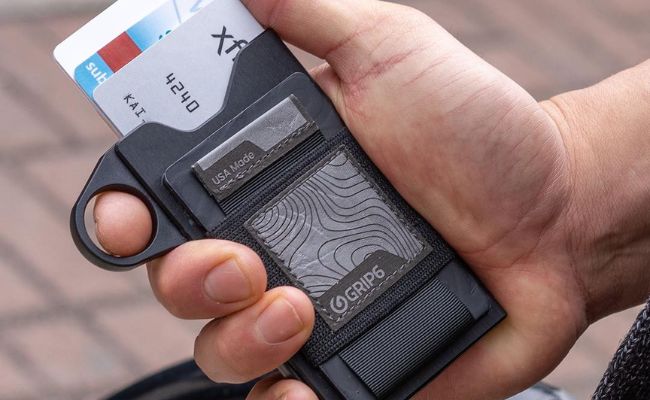
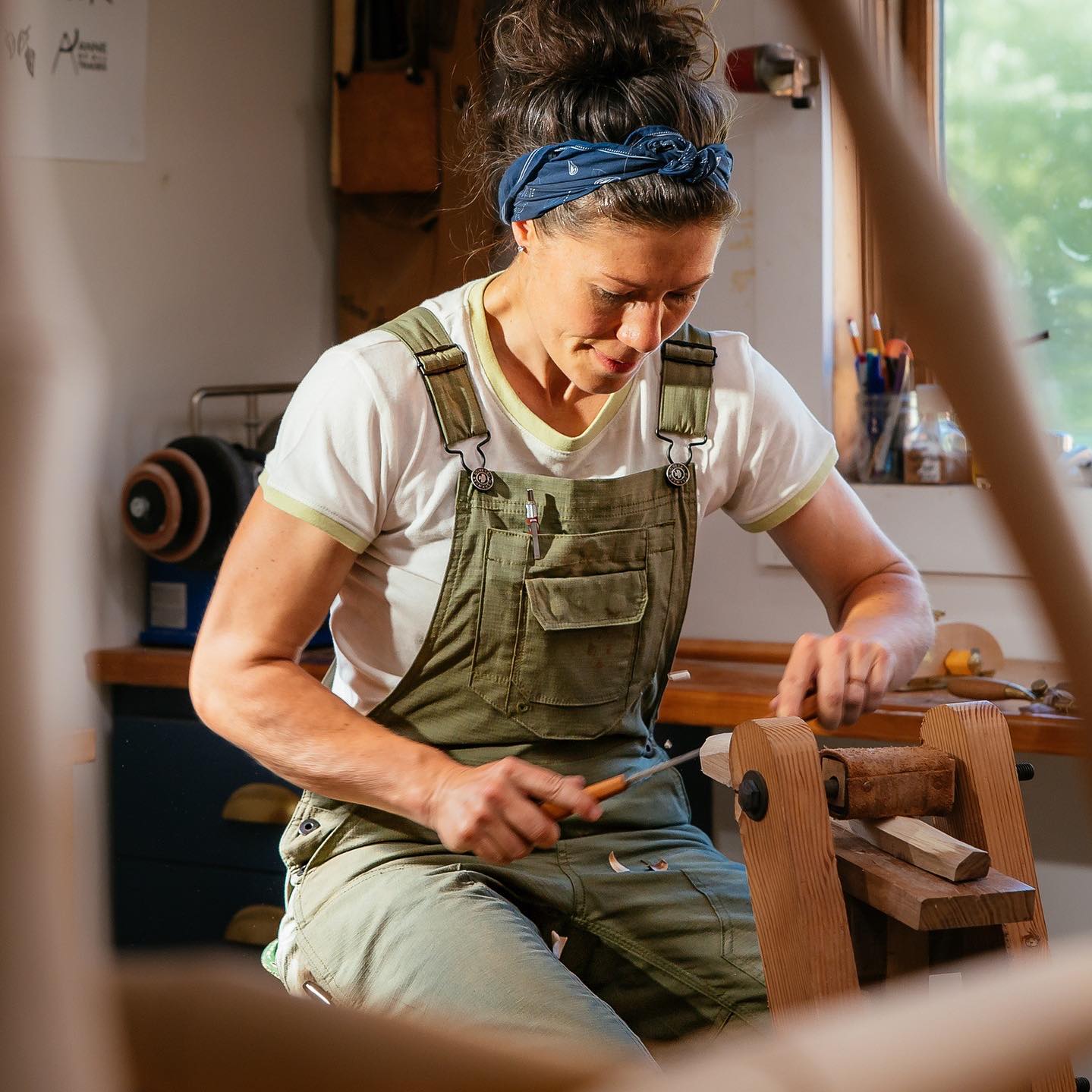
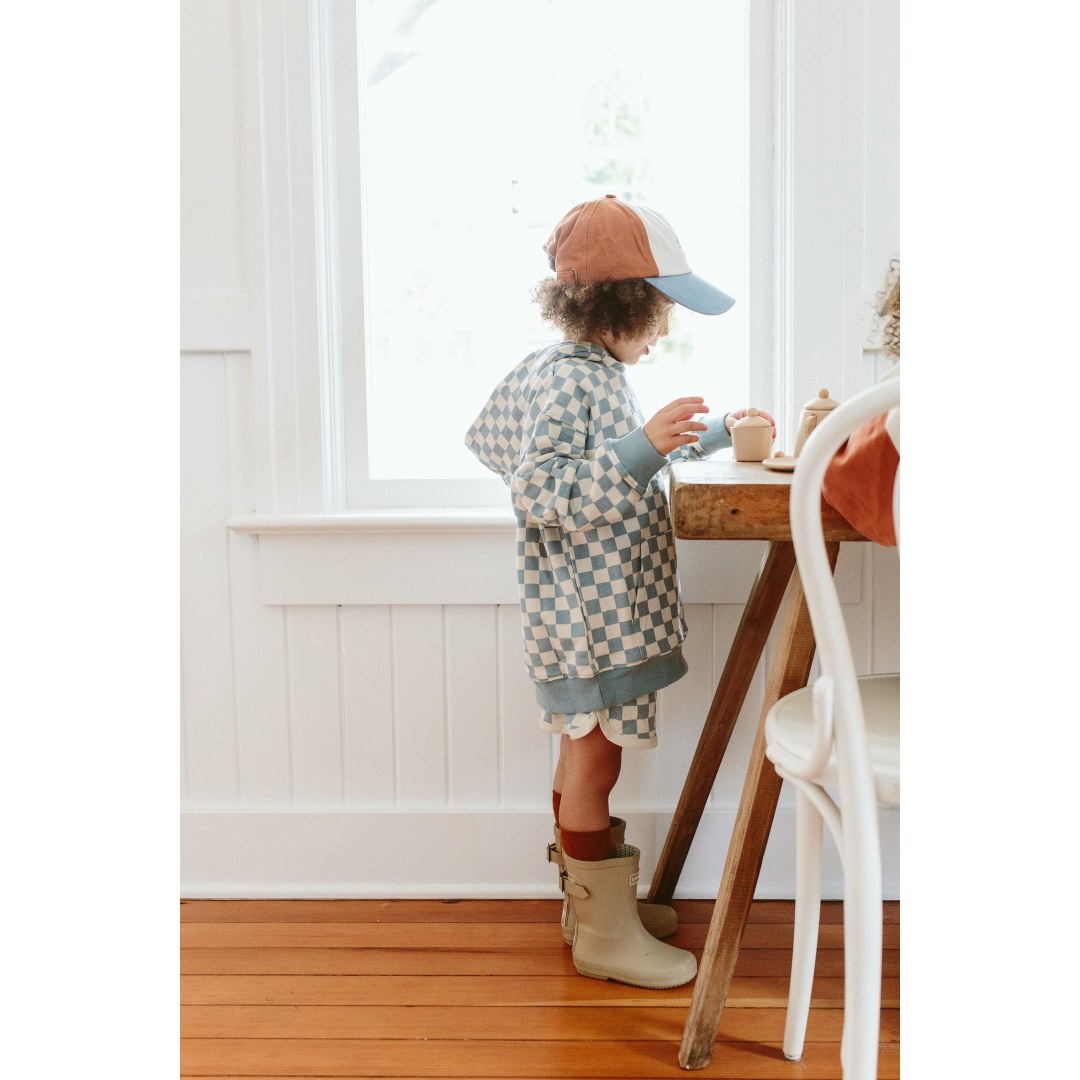
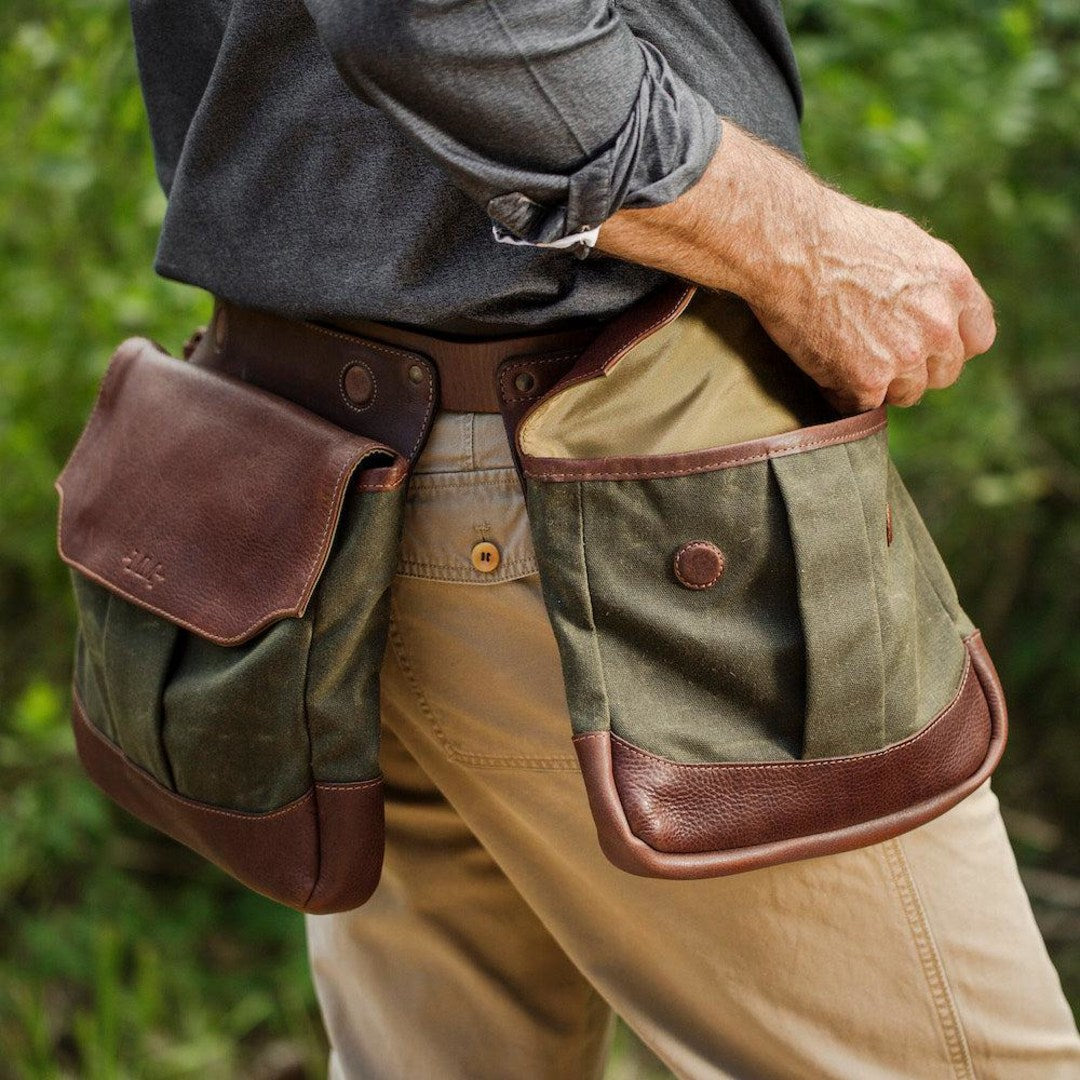
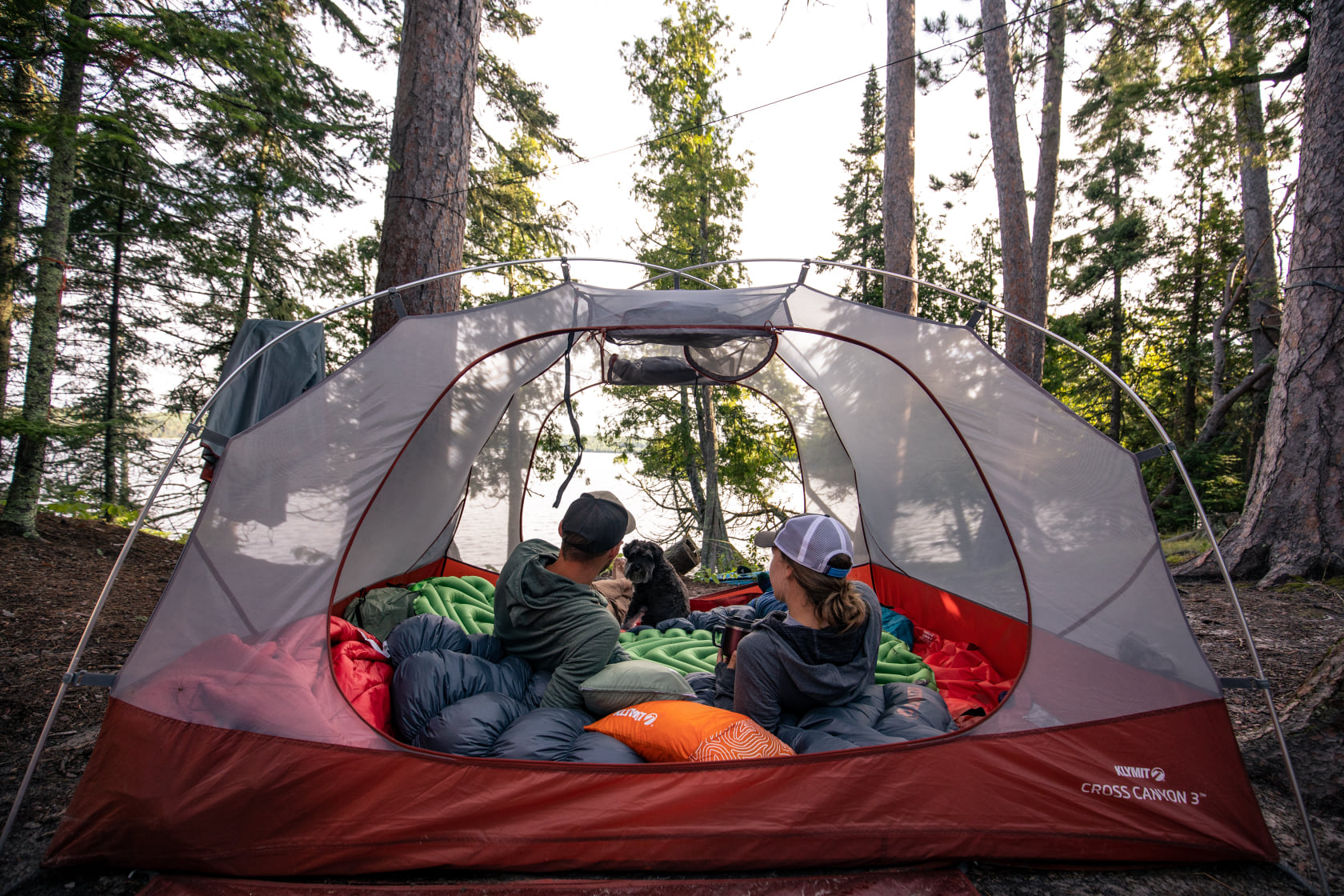

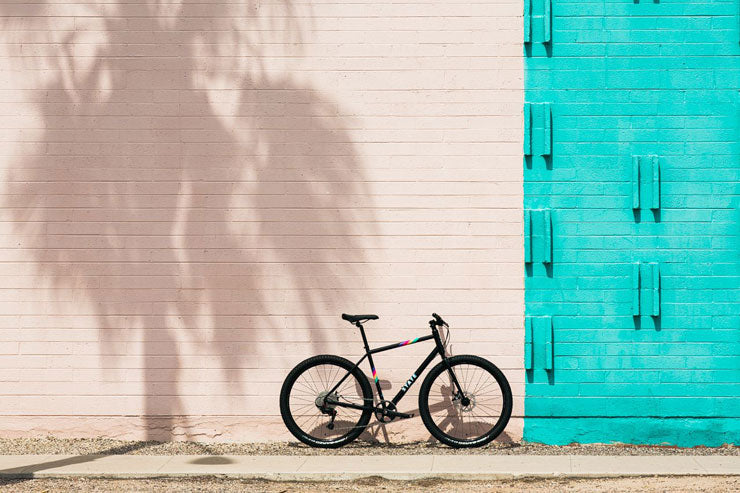


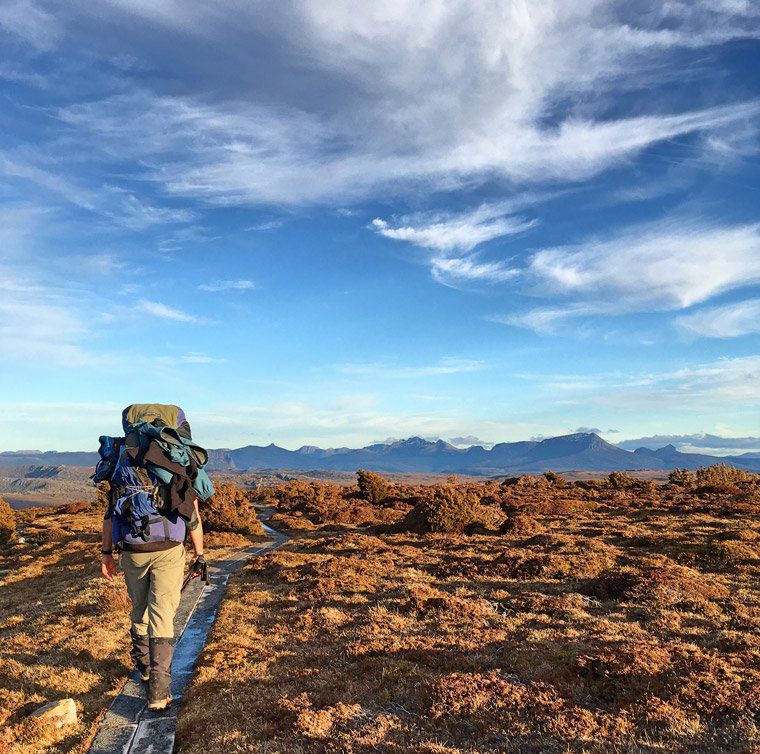
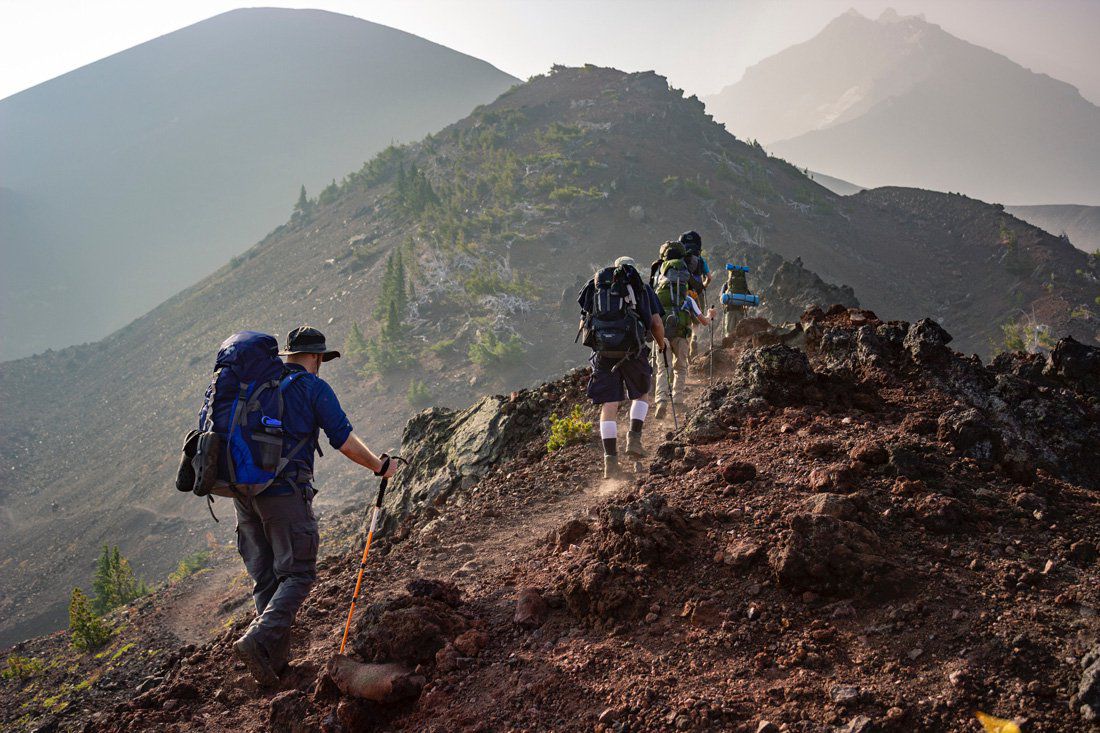
Leave a comment
This site is protected by hCaptcha and the hCaptcha Privacy Policy and Terms of Service apply.